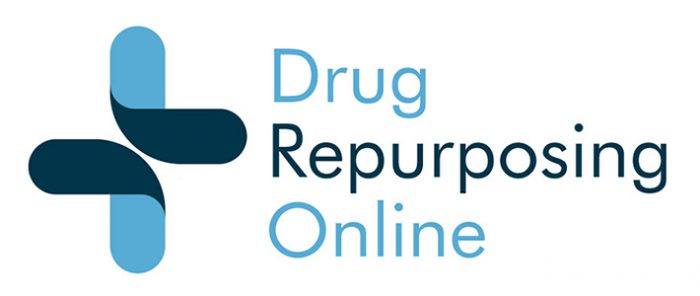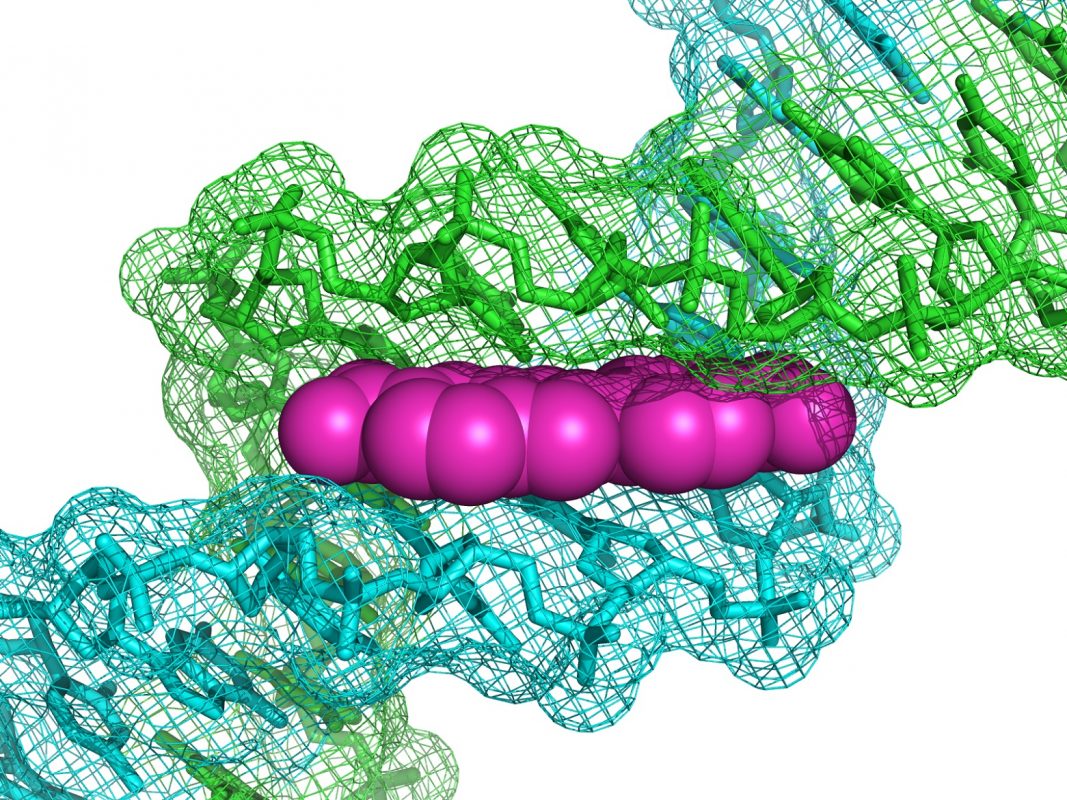Stroke
Antidiabetic sulfonylureas for stroke
The antidiabetic sulfonylureas, which inhibit ATP-sensitive K+
(KATP) channels in pancreatic beta cells and stimulate insulin release in diabetes mellitus, mediate their effect on KATP channels via a high-affinity sulfonylurea receptor (SUR). But when looked at retrospectively in diabetic patients with ischemic stroke, patients treated with these drugs also seemd to be protected against stroke, a major complication of diabetes. Specifically, sulfonylurea drugs such as glibenclamide conferred protection against swelling and symptomatic haemorrhagic transformation. Analysis of the brain tissue obtained intraoperatively from such patients showed upregulation of the SUR1 subtype of the sulfonylurea receptor. Further cellular analysis of the SUR1 receptor in astrocytes showed that its effect on cytotoxic oedema is mediated via a nonselective cation channel, the NC(Ca-ATP) channel. This, then represents a potential new therapeutic approach to stroke. There are over a dozen references to this research in the DrugRepurposing Online database.

